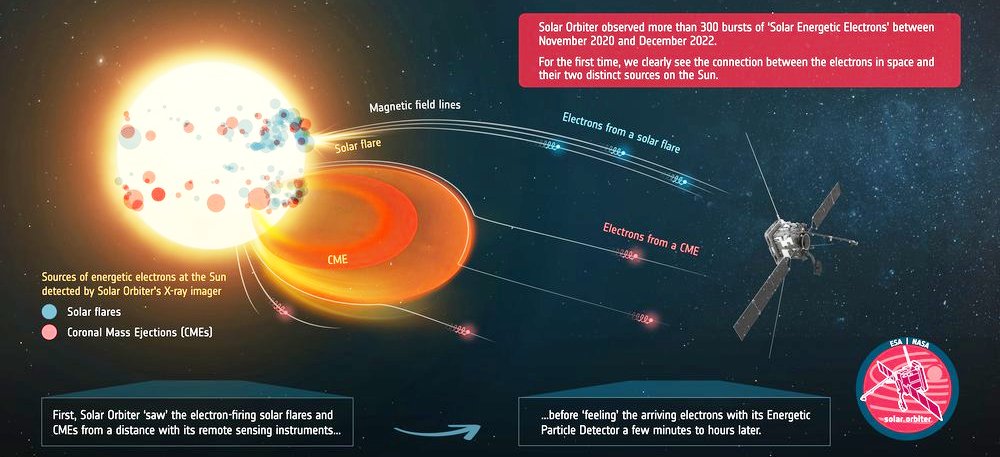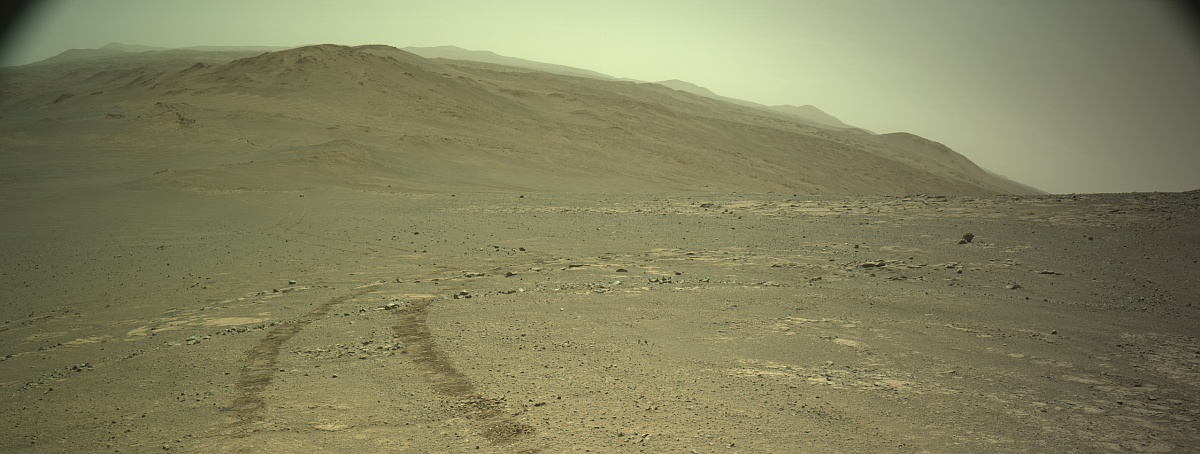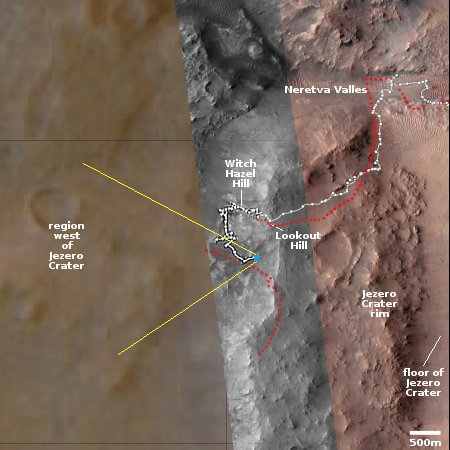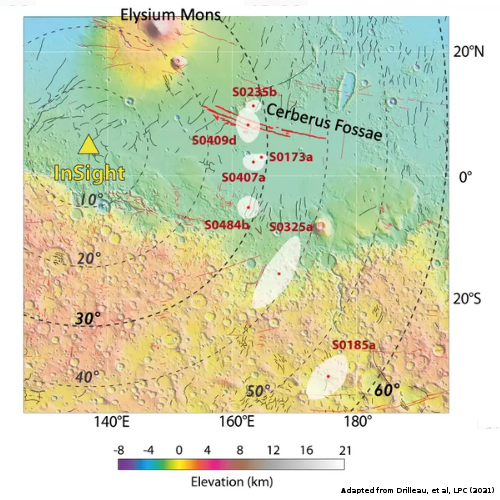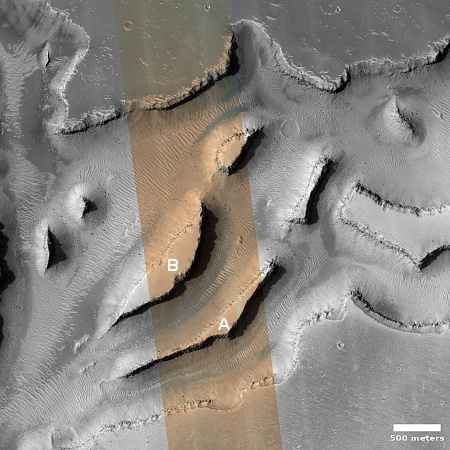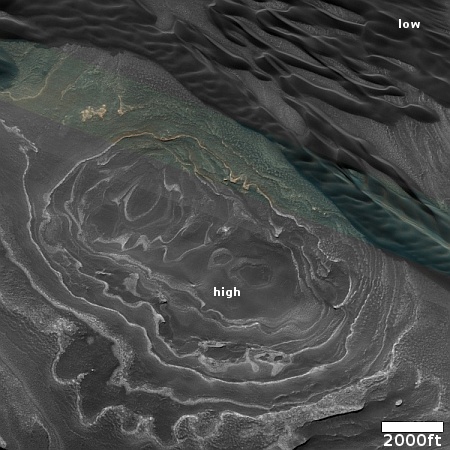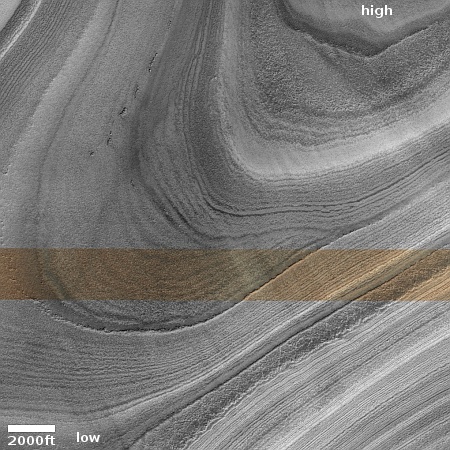South Korea’s space agency requests big 15% budget increase
South Korea’s space agency KASA today submitted its proposed budget for 2026 that included a 15% budget increase which would bring its funding to just under $8 billion.
According to the national space agency, the proposed funds will be concentrated in six major areas, which include the strengthening of space transportation capacity and new technology acquisition, advancing satellite-based communications, navigation and observation, as well as fostering future space industries through exploration.
The largest requested increases would be for developing new satellite constellations and rockets.
When the South Korean government established this agency in in 2024, it said its goal was to foster private enterprise. The agency itself repeated that assertion in January 2025 when it announced its long term plans. In both cases, however, I sensed a lack of sincerity in these assertions. The government wanted wanted to help build a prosperous aerospace industry, but it clearly wanted to do so with it in control.
Today’s budget request again reinforces my suspicions. KASA might want to encourage a commercial space industry, but it remains unclear whether it will let the private sector develop the satellites and rockets independently, or pay for the development while insisting it owns and controls everything.
Based on past history at NASA, my instincts say KASA will use this big budget to build an empire for its managers. Stay tuned to see if my instincts are correct.
South Korea’s space agency KASA today submitted its proposed budget for 2026 that included a 15% budget increase which would bring its funding to just under $8 billion.
According to the national space agency, the proposed funds will be concentrated in six major areas, which include the strengthening of space transportation capacity and new technology acquisition, advancing satellite-based communications, navigation and observation, as well as fostering future space industries through exploration.
The largest requested increases would be for developing new satellite constellations and rockets.
When the South Korean government established this agency in in 2024, it said its goal was to foster private enterprise. The agency itself repeated that assertion in January 2025 when it announced its long term plans. In both cases, however, I sensed a lack of sincerity in these assertions. The government wanted wanted to help build a prosperous aerospace industry, but it clearly wanted to do so with it in control.
Today’s budget request again reinforces my suspicions. KASA might want to encourage a commercial space industry, but it remains unclear whether it will let the private sector develop the satellites and rockets independently, or pay for the development while insisting it owns and controls everything.
Based on past history at NASA, my instincts say KASA will use this big budget to build an empire for its managers. Stay tuned to see if my instincts are correct.

